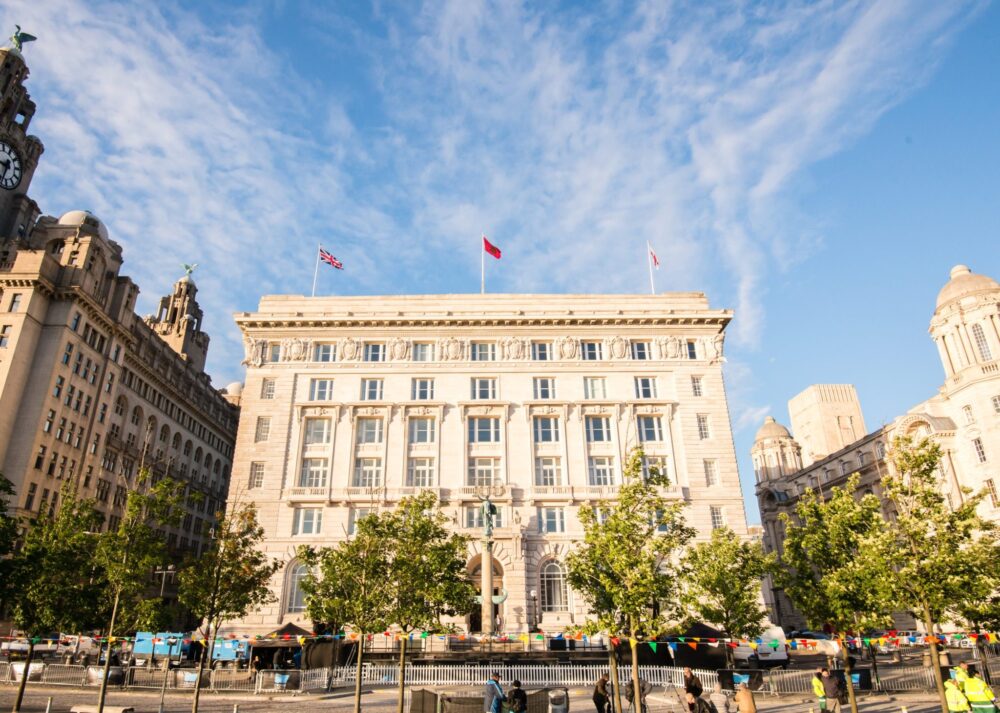
History
Discover the history of the Cunard Building
1 year ago
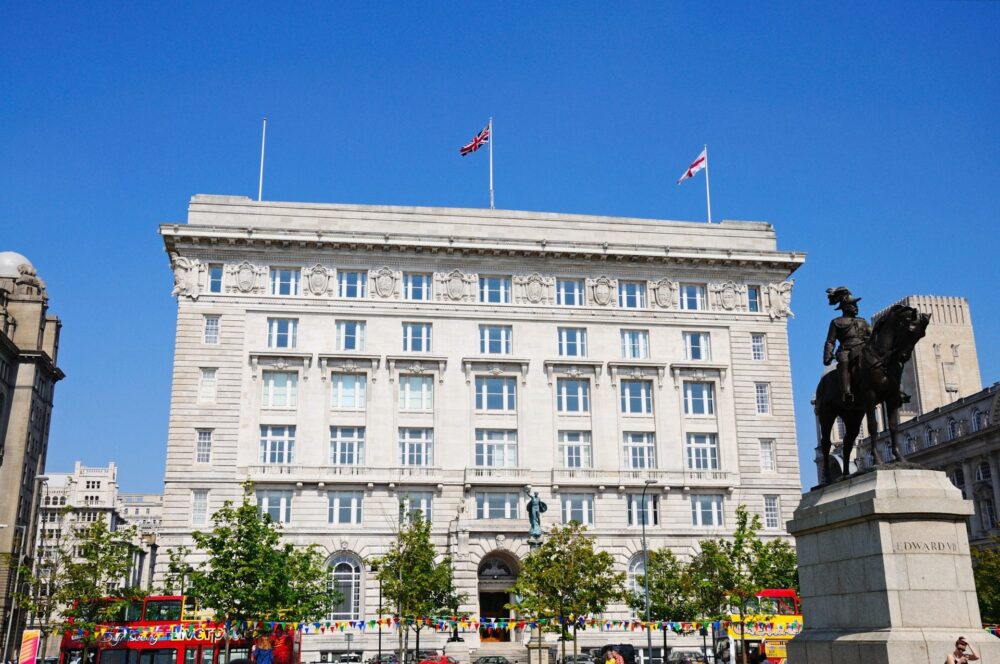
If you’re ever on Liverpool’s waterfront you can’t miss the presence of the Three Graces, a trio of buildings that are iconic symbols within the city.
Among them stands the Cunard Building, a testament to Liverpool’s maritime past and its longtime connection to the sea.
As one of the city’s most celebrated landmarks, the Cunard Building’s history is intertwined with the rise and legacy of the Cunard Line, one of the world’s most famous shipping companies.
The Cunard Building was erected in the early 20th century during a period when Liverpool was a bustling hub of global trade and maritime activity.
Designed by architects William Edward Willink and Philip Coldwell Thicknesse, the building’s construction began in 1914 and was completed in 1917. Its architectural style is a blend of Italian Renaissance and Greek Revival, with elaborate detailing that reflects the grandeur of its era.

Upon its completion, the Cunard Building became the headquarters of the Cunard Line, which had been founded in 1839 by Samuel Cunard.
The company played a pivotal role in transatlantic travel, with its ships known for their speed, safety, and luxury. From the building, the company managed its fleet of ocean liners that connected Liverpool with New York and other major ports around the world.
For decades, the Cunard Building was the nerve centre of the company’s operations.
The building’s interior was equally impressive, with lavish offices and public areas that exuded elegance and sophistication, providing a fitting backdrop for a company synonymous with luxury travel.
The Cunard Building witnessed numerous historic events throughout the 20th century. During both World Wars, the Cunard Line’s ships were requisitioned for military service, playing crucial roles in transporting troops and supplies.
According to Winston Churchill, the war was shortened by one year thanks to Cunard’s Queen Mary and Queen Elizabeth.
Despite the challenges, the Cunard Building remained a steadfast symbol of the company’s resilience and the city’s maritime prowess.
As the age of ocean liners waned with air travel becoming more popular, the role of the Cunard Building evolved.
In 1967, Cunard moved its headquarters to Southampton, and the building transitioned to other uses. However, its historical and architectural significance ensured its preservation.
Today, the Cunard Building houses various offices and public services, including parts of Liverpool City Council. As well as being the home of the British Music Experience (BME).
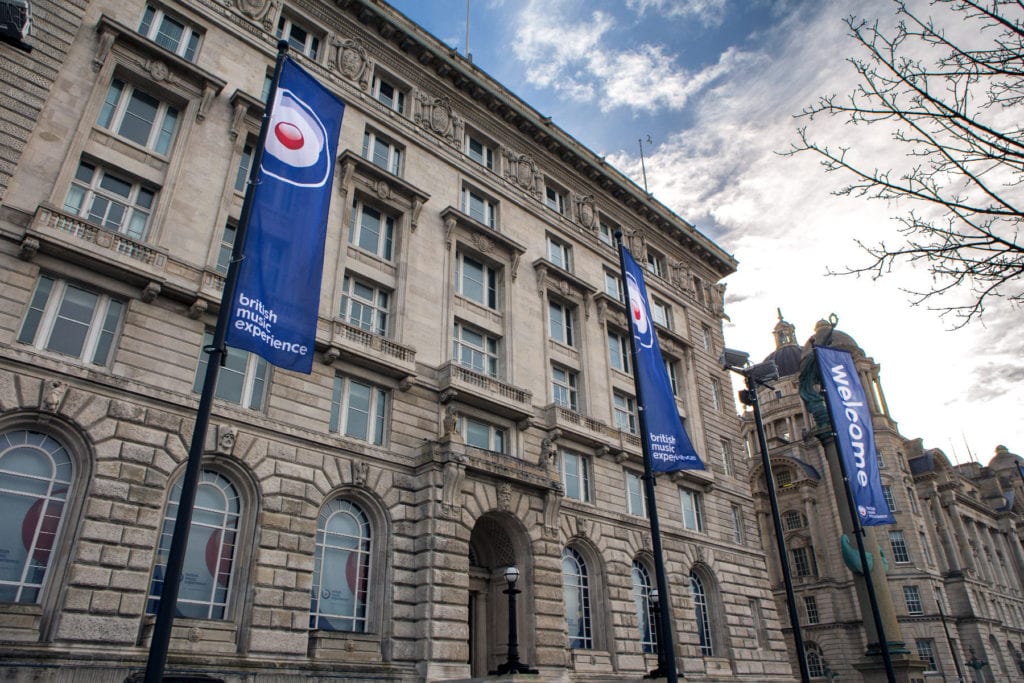
The building was granted Grade II listed status, ensuring its protection and preservation for future generations. It remains an integral part of Liverpool’s waterfront.
While the building no longer serves as the headquarters for the shipping line, the legacy of Cunard lives on. The company continues to operate luxury cruises, and its ships, including the Queen Mary 2, Queen Elizabeth, and Queen Victoria, remain some of the most prestigious in the world.
Each time a Cunard ship sails into Liverpool, it pays homage to the city and the building that were integral to its storied past.
The Cunard Building is more than just an architectural gem; it is a symbol of Liverpool’s enduring connection to the sea and its place in the records of maritime history. As we look towards the future, it stands as a reminder of the city’s past and its continuing legacy as a gateway to the world.


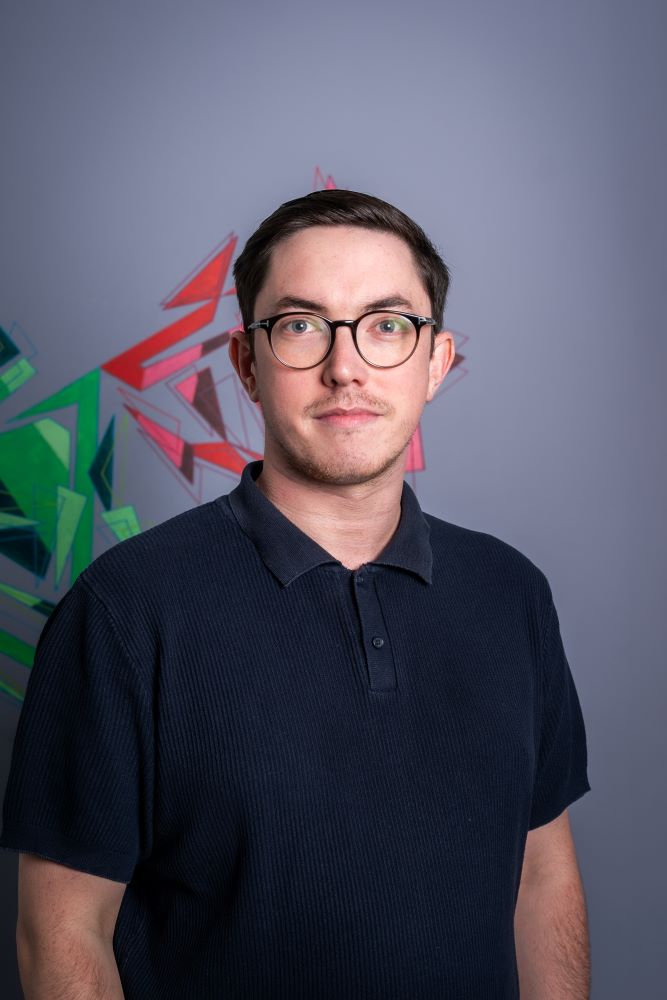

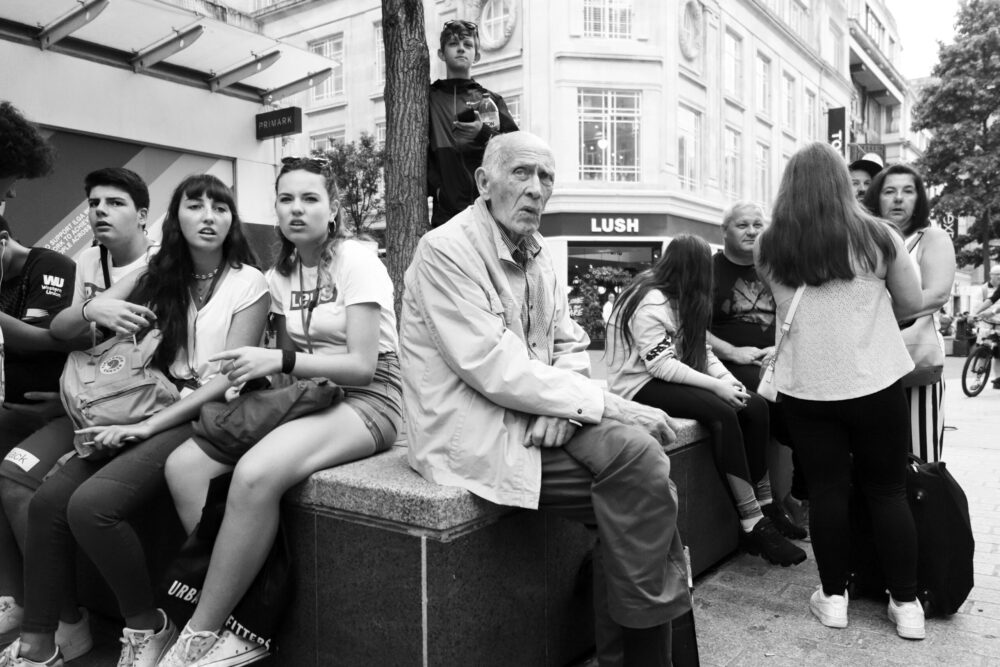


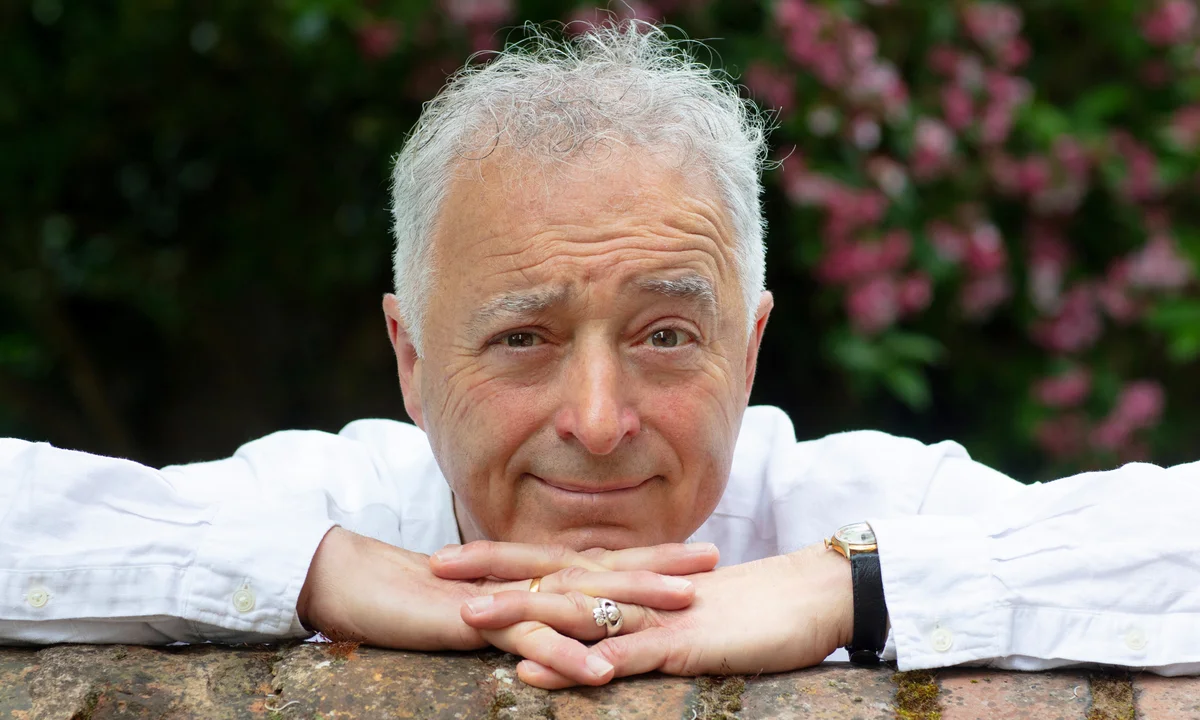

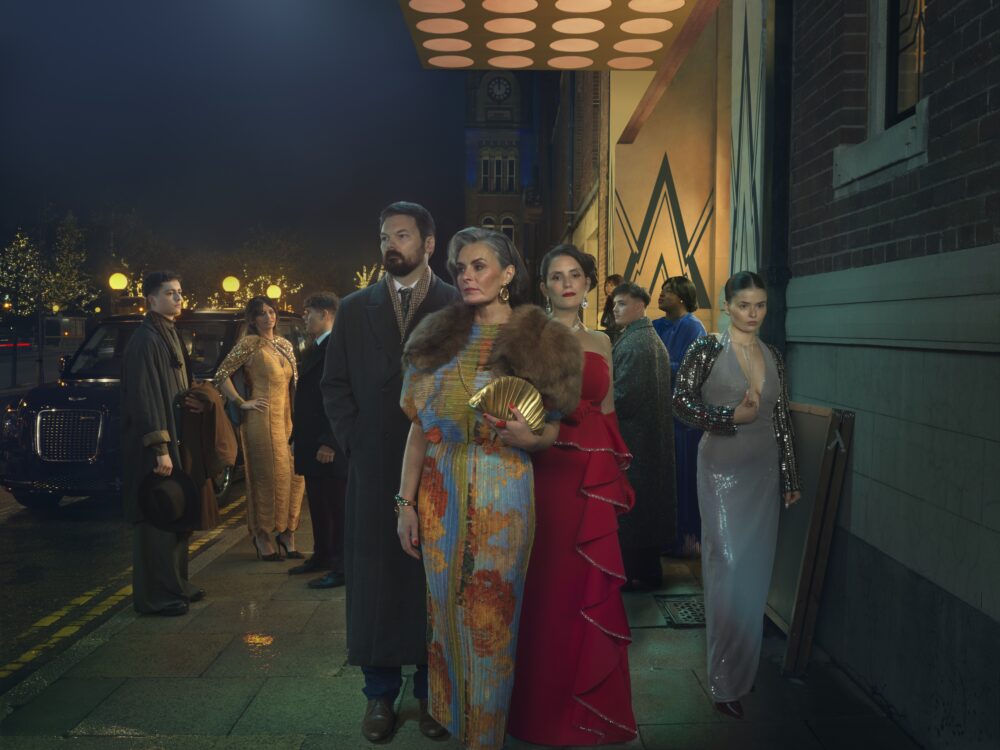
 Subscribe
Subscribe Follow Us
Follow Us Follow Us
Follow Us Follow Us
Follow Us Follow Us
Follow Us Follow Us
Follow Us











